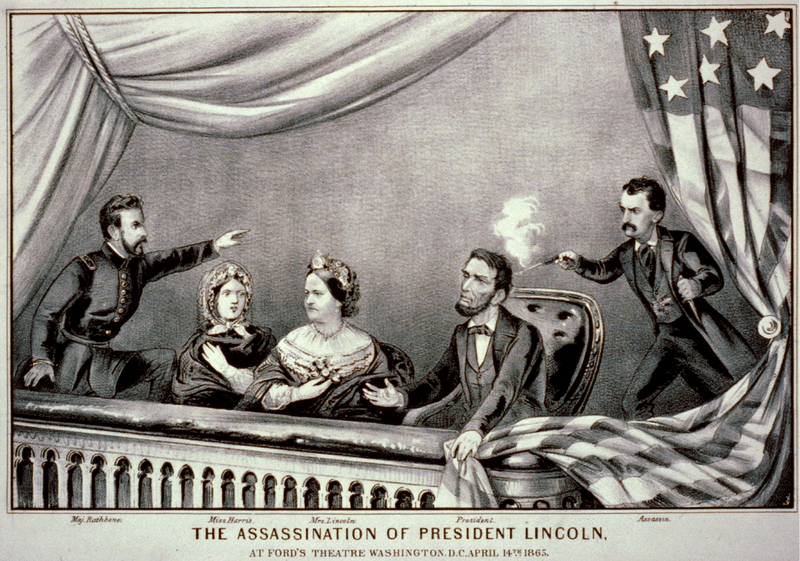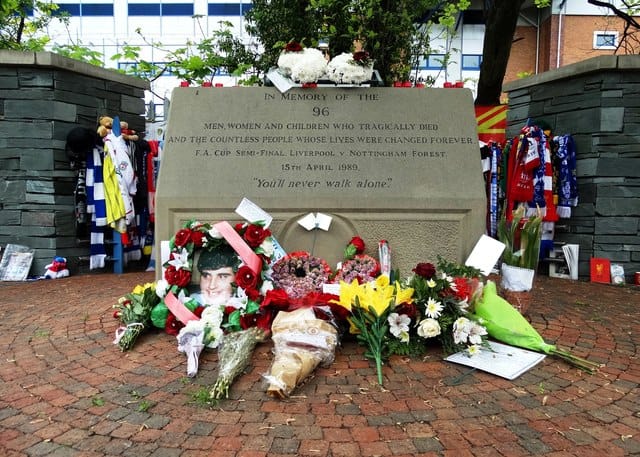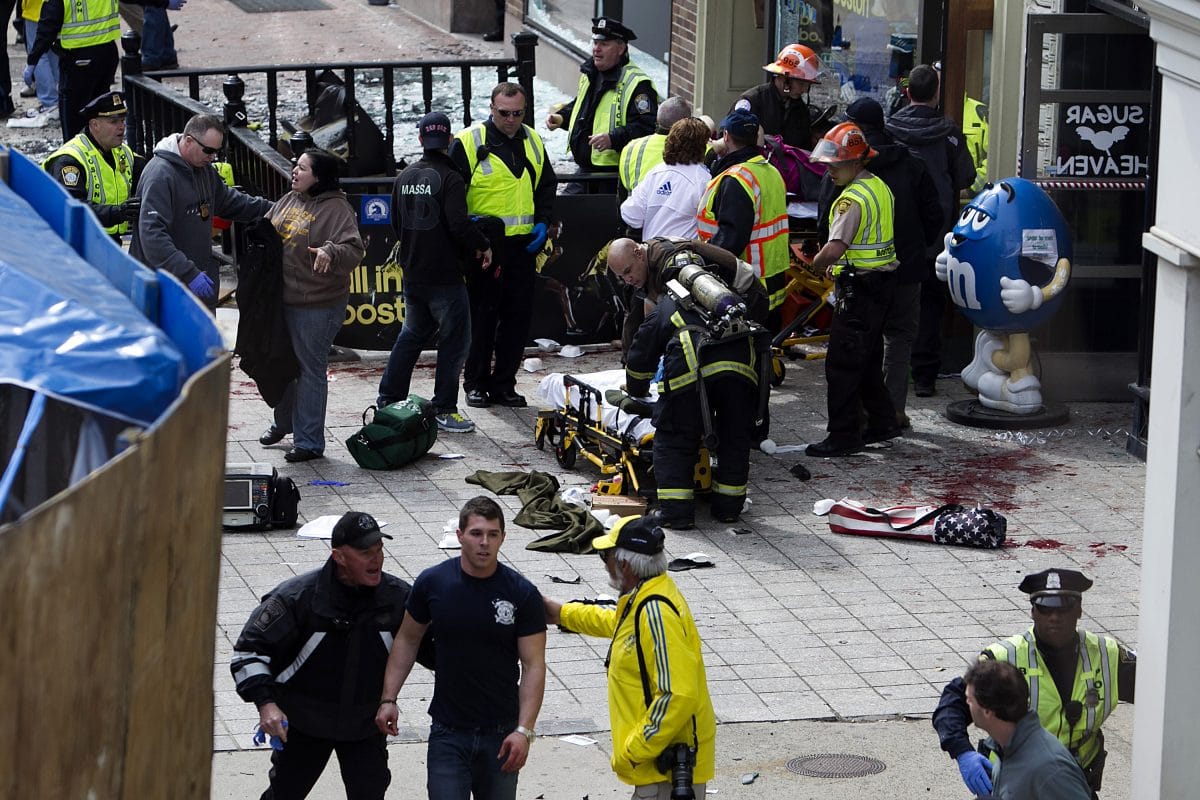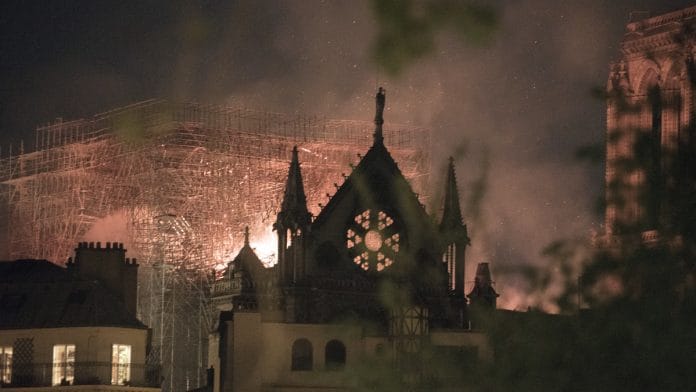New Delhi: The Paris skyline changed forever on 15 April when a fire broke out in the 850-year-old Notre Dame cathedral, destroying its Gothic spire and roof completely. The main structure of the church, though, survived.
While no human casualties were reported, the event comes as a “terrible tragedy” to French culture and history, as President Emmanuel Macron called it.
Notre Dame, one of the most popular landmarks in the world and a part of Parisian identity, saw 13 million people visit the church just last year, more than the city’s other premier attraction, the Eiffel Tower.
Macron has promised to rebuild the church, and French billionaire François-Henri Pinault has committed $113 million for the same.
While the jolt to the French city and heritage is tragic, it has now connected itself to several historical events from the past through a strange coincidence — 15 April, the day.
From the death of Abraham Lincoln in the 19th century to the Boston bombings in 2013, at least four major events shook the world on 15 April. ThePrint takes you through these events from the past.
Lincoln assassination

On the evening of 14 April 1865, Abraham Lincoln, the 16th President of United States, was in attendance at a play called Our American Cousin at Ford’s Theatre in Washington DC. In the middle of the play, well-known stage actor John Wilkes Booth shot Lincoln.
With the American Civil War nearing conclusion, Booth, a fierce confederate, shot Lincoln in an attempt to undermine the United States government.
Lincoln succumbed to his injuries the following morning, 15 April.
In the aftermath of the assassination, the US faced great political unrest and instability. However, Vice-President Andrew Johnson, who was also a target, took over the presidency after Lincoln’s assassination.
Sinking of Titanic

On 10 April 1912, UK-based shipping company White Star Line sent its biggest ship on its maiden voyage, from Southampton to New York.
Four days later, the Titanic, an ‘unsinkable’ ship and the biggest man-made vessel up until then, met its tragic end.
At around 11.40 pm on 14 April 1912, the ship hit an iceberg at its top speed in the cold waters of the North Atlantic Ocean. Over 2 hours and 40 minutes later, it went down the ocean, killing more than 1,500 passengers in what became one of the worst maritime disasters in recorded human history.
After the wreck of the ship was discovered in 1985 in a secret US military mission, Hollywood powerhouse James Cameron immortalised the tragic fate of the ship in his 1997 global blockbuster of the same name.
Also read: As the world grieves over Notre Dame, Modi missing in action
Hillsborough disaster

Exactly three decades before the Notre Dame church tragedy, Europe suffered another disaster when over 90 football supporters were crushed to death at the Hillsborough Stadium in Sheffield, England.
Over 750 people were injured in the event that was dubbed as “Britain’s worst-ever sporting disaster” at the time.
“The crush is said to have resulted from too many Liverpool fans being allowed in to the back of an already full stand at the Leppings Lane end of the ground,” said a BBC report from the day.
The Leppings Lane stand was meant for Liverpool supporters during the FA Cup semi-final football match between Liverpool and Nottingham Forest.
Shortly after the 27th anniversary in 2016, the jury of an inquest ruled that the 96 people “were unlawfully killed and a catalogue of failings by police and the ambulance services contributed to their deaths”, said a Guardian report.
Boston bombings

Six years ago, two bombs exploded near the finish line of the Boston Marathon, killing three and injuring at least 240 people.
The police named two brothers as the main suspects within hours of the event.
Tamerlan Tsarnaev, “a 26-year-old married father and former Golden Gloves boxer”, died days later in a standoff with police in a Boston suburb, said a CNN report. His younger brother, Dzhokhar Tsarnaev, was apprehended the next day.
About two years later, Dzhokhar was sentenced to death in May 2015.
While the brothers claimed to represent Islam, the US attorney said the bombings were not a religious crime.
Also read: Millennium of symbolism burns with Notre Dame







Isnt it bizzare to connect these events to April 15th ? What is the motivation to bring them under one umbrella ? By your own admission Notre dame fire did not involve any humans and least of all ‘fire’ was not the cause of all the other tragedies! What kind of Analytics did you use to bring these under one umbrella ?
By the grace of God India is not victim of 15 April